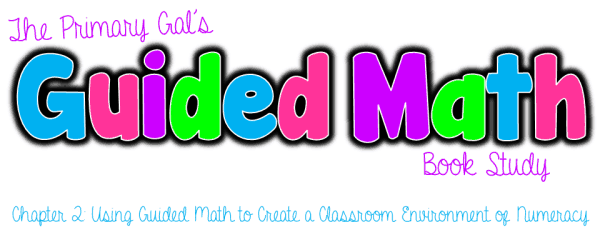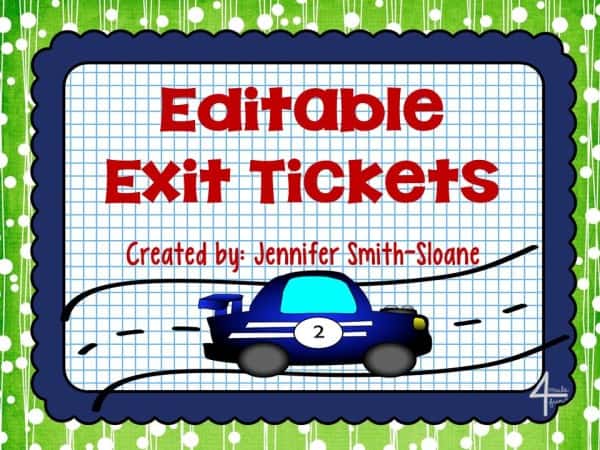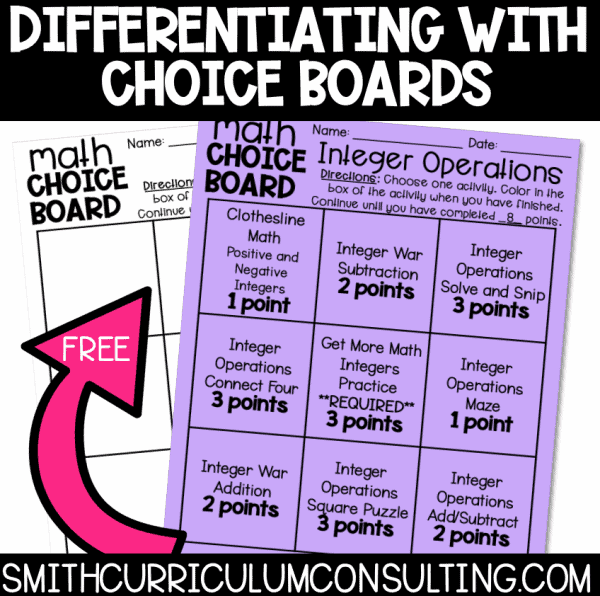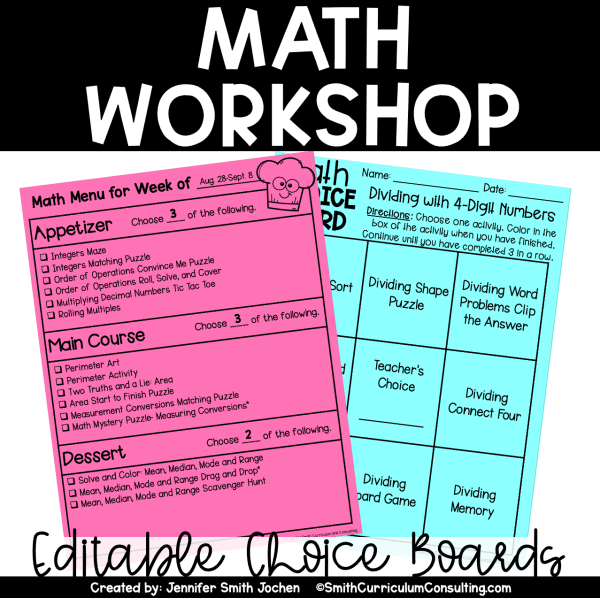
So happy to be here this week sharing some insights about the book Guided Math by Laney Sammons. I am taking the time to reach into using this in the upper elementary and middle school setting so please take time to read and feel free to leave a comment or two.

As I was reading through the second chapter I really got into each of the Foundational Principals. Each of them struck a chord with me for different students that I have taught over the years. The two that really had me shaking my head were, “Learning at its best is a social process.” and “Learning mathematics is a constructive process.“
When I was in school I remember a lot of the learning was “sit and get” and then process on your own. I know I was (and still am) a social creature and learned best by talking to others and processing my thinking. Our standards (TEKS in Texas) even state that students are supposed to
(D) communicate mathematical ideas, reasoning, and their implications using multiple representations, including symbols, diagrams, graphs, and language as appropriate;
(E) create and use representations to organize, record, and communicate mathematical ideas;
(F) analyze mathematical relationships to connect and communicate mathematical ideas; and
(G) display, explain, and justify mathematical ideas and arguments using precise mathematical language in written or oral communication.
I don’t know about you but that’s a lot of SOCIALIZATION that we need students to have to be effective mathematicians.
The second principle of mathematics being a constructive process is supported by the experiences I have used in my classroom (and seen in many others) where students continue to build up on what they have learned and develop future skills. That foundation is so important as it constructs their understanding for future mathematics and I’ve discussed that a bit before in this blog series.

Establishing a open-environment in my classroom took time and a lot of trial and error. There are days where it won’t be perfect but with procedures in place that are clearly communicated (there’s that word again) and modeled to students all should go well.
While instructing students and feeding on their “aha moments” by allowing them to share their insight is bringing their dialogue into the conversation about what is being learned while also developing that of others.
Knowing that students often develop other ways to solve a problem rather than the standard way, allow them to show that off. Let them be the teacher and demonstrate that to a group who might be struggling and need a different way (or just a different instructor).
Support students by allowing them to make mistakes and explore through the errors to deepen their understanding of the concepts. This was a big process for my classroom even in 7th and 8th grade math. Regular Post It, Prove Its and Exit Tickets allowed me to do this several times a week. I could allow students to think with their table mates, demonstrate their understanding on their own and then review that evening to see quickly who needed more help or who was ready to move on.
And because I love Exit Tickets so much, I want to make sure everyone has a chance to grab my Editable Exit Tickets! They are perfect for ANY classroom and offer a variety of styles ready for you to use for only $1.50!
Don’t have your copy of our book yet? Grab it today by clicking on the picture above or jumping over here!





